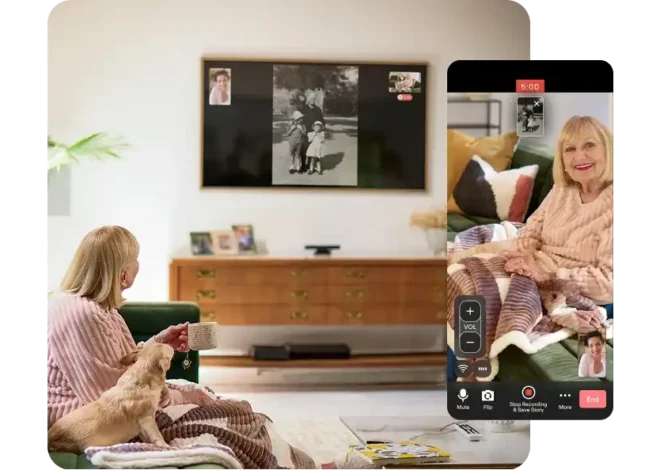A flushed, feverish child understandably can induce panic in parents. Therefore, it’s one of the most concerns among parents who bring children to the emergency room. Because a high fever can result in more than just discomfort–it puts a child at increased risk of dehydration–it’s important to know whether or not medical attention is required. Meanwhile, there are steps you can take to improve the situation.
The Facts
The hypothalamus portion of the brain is responsible for fever. When all is well, the hypothalamus tells the body its internal “gauge” should be set to about 98.6 degrees Fahrenheit or 37 degrees Celsius. In the case of an infection or illness, the hypothalamus may tell the body to elevate the body’s temperature; its defense mechanisms begin working to combat illness or infection. If a child has a high fever of at least 100.4 degrees Fahrenheit, his doctor should be called. Oral temperatures above 105 degrees Fahrenheit are considered dangerous and require immediate medical attention.
Significance
There are a few common reasons for high fever in children, starting with an infection or infectious disease, such as influenza. A fever lets the body know it’s time to defend itself and begin the healing process. Babies can get fevers when overdressed, as their bodies are not yet able to regulate temperature efficiently. Immunizations are another common cause of fever in children, although these fevers generally are of the low-grade variety.
Considerations
According to kidshealth.org, it’s normal for a child’s temperature to fluctuate slightly throughout the day. Typically, body temperature is lowest first thing in the morning. Consequently, body temperature tends to be at its highest at night. Playing, running and exercising are activities that can cause temperature to rise.
Lowering Fever
It’s crucial that a child with a high fever receives plenty of fluids, so offer beverages, a children’s electrolyte solution, soup, Popsicles and juicy fruits frequently to avoid dehydration. Dressing a child with a high fever in lightweight clothing may help make her more comfortable and reduce the fever. Likewise, a lukewarm sponge bath can be beneficial. A low-grade fever (meaning one that’s no higher than 101 degrees Fahrenheit) generally can be treated with children’s cold medicine and a fever-reducing, aspirin-free medication when necessary, according to familydoctor.org. Just be sure to follow the label’s age or weight recommendations for dosage.
Taking Temperatures
Remember that it’s important to properly take your child’s temperature to avoid an inaccurate reading. Since most children cannot properly hold a thermometer in their mouths, it’s best–not to mention more accurate–to take a young child’s temperature rectally. Alternatively, an axillary (underarm) reading can be taken, but be aware that the reading will average about 1 degree higher than a rectal reading. Should you decide to take a child’s temperature orally, a reading of 99.5 degrees Fahrenheit typically is considered abnormal.
Warnings
It’s always best to exercise extreme caution when babies have a high fever. When an infant has a temperature of 100.4 degrees Fahrenheit or higher, her doctor should always be contacted. Children sometimes breathe more quickly and have an increased heart rate in cases of high fever; however, difficulty breathing is not normal and requires immediate medical attention.





